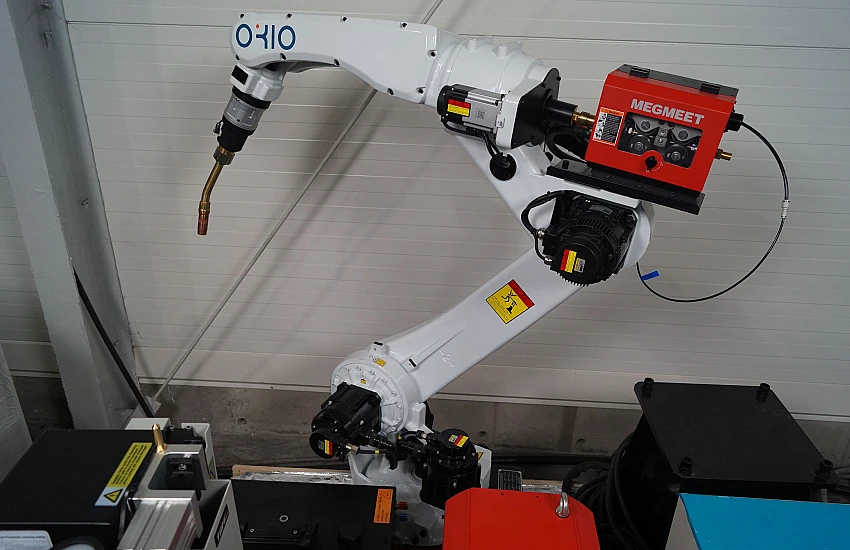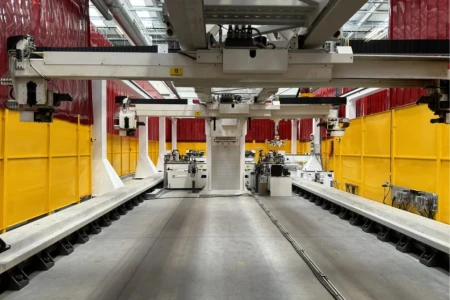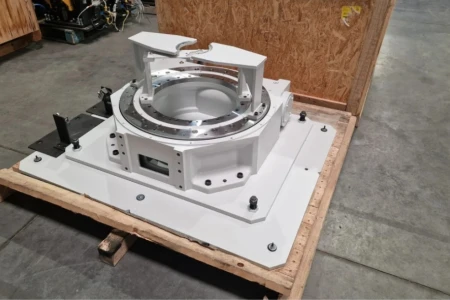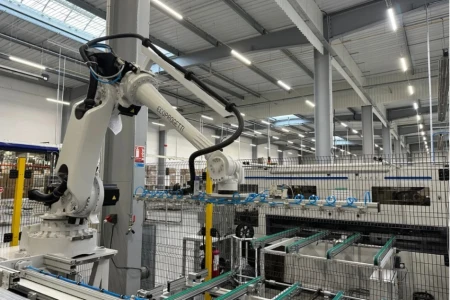Table of Contents
Industrial robots are revolutionizing manufacturing processes, particularly in the area of welding. Modern welding robots, equipped with MIG, MAG, and TIG technologies, significantly increase efficiency and precision while improving weld quality. As a result, they are becoming key tools in various industrial sectors, supporting innovation and competitiveness of companies. This article presents the most important methods of robotic welding and the benefits of their application in modern manufacturing facilities.
Introduction
Industrial robots are automatic devices that are programmable and capable of performing tasks within specific manufacturing processes. They are characterized by high precision, repeatability, and speed of operation. In the context of welding, industrial robots are equipped with appropriate welding tools, such as torches or power sources, that enable the creation of welds with various geometries and in different materials.
Thanks to the dynamic development of technology, more and more companies are deciding to automate their welding processes. As a result, industrial robots are becoming an integral part of modern manufacturing facilities, contributing to increased competitiveness and innovation across various industrial sectors.
Welding Methods
Arc welding is one of the most commonly used methods of robotic welding. This technology utilizes an electric arc formed between the electrode and the welded material, causing it to melt and join. Welding robots can perform arc welding with various types of electrodes, including coated electrodes, self-shielded wires, and solid wires.
MIG (Metal Inert Gas) and MAG (Metal Active Gas) welding are techniques that use shielding gas to protect the welding area from atmospheric contamination. MIG welding employs inert gases like argon, while MAG welding uses active gases such as carbon dioxide or gas mixtures. Welding robots equipped with MIG/MAG systems are widely used in the industry due to their ability to weld various materials, such as steel, aluminum, and metal alloys. Automation allows for the production of high-quality and consistent welds.
A high-quality MIG welding robot: MIG OKIO AB-1510DEX
TIG (Tungsten Inert Gas) welding, also known as tungsten gas shielded arc welding, is a technique where the electric arc is formed between a non-consumable tungsten electrode and the welded material. This process occurs in an inert gas shield, most commonly argon. TIG welding robots are particularly useful in situations requiring high precision and weld quality, such as in the aerospace industry or medical equipment manufacturing. TIG welding allows for the joining of thin elements and materials with high thermal conductivity. A top-quality TIG robot offered by our company is: TIG OKIO AB6-C1400
A high-quality TIG robot offered by our company is: TIG OKIO AB6-C1400
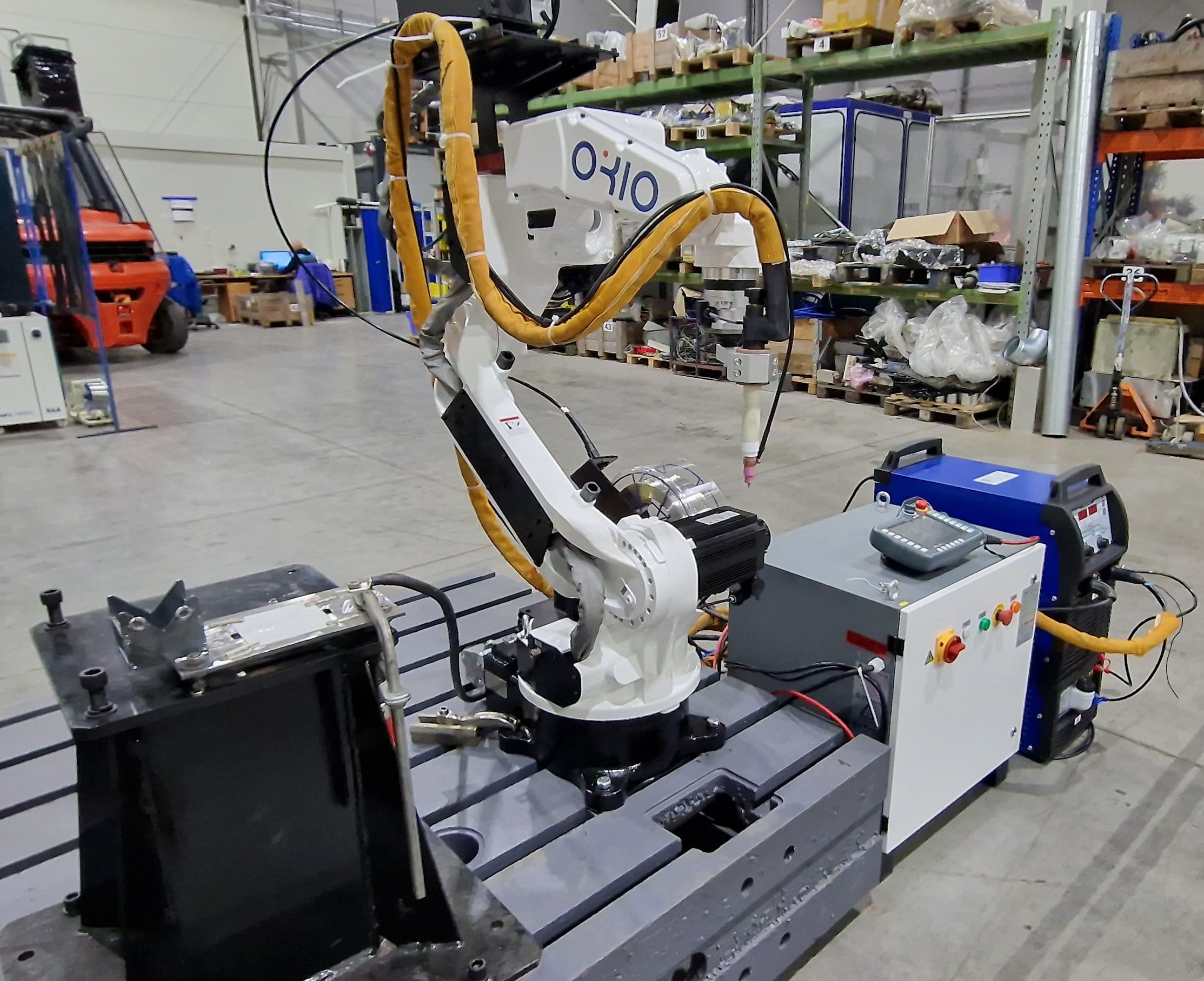
Laser welding is a modern welding method that uses a concentrated laser beam to melt and join materials. Welding robots equipped with laser systems offer exceptional precision and welding speed, making them ideal for industries requiring high-quality welds, such as electronics, microcomponent manufacturing, and automotive.
Advantages of Welding Robots
Efficiency of Welding Robots
One of the most significant advantages of welding robots is their high efficiency. Welding robots can operate continuously for long periods, significantly increasing production efficiency. Automation of welding reduces downtime, which consequently leads to an increased number of produced elements in a shorter time. Moreover, welding robots can work at high speeds, performing welding tasks with unprecedented precision and consistency.
Safety of Robotic Welding
Safety in robotic welding is another crucial advantage. Traditional welding methods carry risks related to exposure to high temperatures, UV radiation, and inhalation of harmful fumes. Using welding robots minimizes these risks, as humans do not need to be directly involved in the welding process. Robots can work in harsh and dangerous conditions, further increasing safety levels in manufacturing facilities.
Precision and Quality of Welding
The precision of robotic welding is a key advantage that translates into the quality of the welds. With advanced vision systems and sensors, welding robots can monitor and adjust the welding process in real-time. Automation allows for exceptionally accurate and repeatable results, which is particularly important in industries requiring the highest quality, such as aerospace, automotive, and medical sectors. Thanks to the precision of welding robots, welds are more durable and resistant to damage.
Increase in Production Efficiency
The use of welding robots leads to a significant increase in production efficiency. Robots can work without interruptions, allowing for continuous production. Automation also enables quick transitions between different welding tasks, minimizing the time needed for retooling and adjusting equipment to new tasks. This makes it possible to respond quickly and efficiently to changing market needs and increases production flexibility.
Conclusion
Industrial robots significantly change the welding process through automation and increased efficiency. By using robots in welding, it is possible to achieve high precision and repeatability, which translates into the quality of welds and worker safety. The robotization of the welding process allows for the use of various methods, such as arc welding, MIG/MAG, TIG, or laser welding, adapting the technique to the material's specifics and production requirements.
Equipped with modern vision systems and sensors, industrial welding robots increase welding speed and production efficiency while reducing the risk of errors and downtime. Thanks to robotic welding, welded components are more durable and long-lasting, which is crucial in industries such as automotive, aerospace, and electronics.




